It’s a surprise in one way, but not in another, that the first person we encounter at Williams F1 – on a mission to meet deputy team principal, Claire Williams and investigate the reasons for the F1 team’s renewed success – is the founder himself, Sir Frank.
As we wait for the receptionist, he appears behind us in the famous wheelchair, on the way to the lift and his office upstairs.
My colleague Mr Hallett and I have met him before, but nothing prepares you for the piercing eyes, the directness of the questioning; the sheer force of this exceptional man’s personality. His face is so famous from the haunted fishtank that it’s quite startling to see it in the flesh.
He deals with us briskly. In a few seconds, he has satisfied himself on the validity of our errand, made sure that we’re being assisted, politely wished us a successful visit and disappeared into the lift with his ghost-like assistant.
Without words, he has also answered a question I might later have asked: what is Sir Frank’s role around here, given that he removed himself from the Williams executive board back in 2012?
The answer is now so obvious: he continues to be the setter of Williams’ standards and the keeper of its flame. He is an enormous, continuing asset – as his daughter will tell us without prompting in a few minutes’ time.
We troop upstairs, two hacks and a photographer, and then walk down a long corridor and into a white meeting room with a rectangular table, to await Claire Williams.
There is no grand entrance. She appears in a minute or two, accompanied by group CEO Mike O’Driscoll, whom we know well from his days running Jaguar and with whom she nowadays works closely to run the whole Williams group – both the F1 team and the new advanced engineering arm.
As we exchange pleasantries, I note a hint of weariness with interviews. After 18 months of daily newspaper inquisitions, it is clear that Claire is probably expecting to be asked, yet again, what it’s like being a woman running an F1 team, the classic unanswerable question. We have already resolved not to ask it.
Hers is nevertheless an extraordinary story: the tale of a girl, one of three siblings, brought up by inspirational parents whose lives were dominated both by big-time racing and then by the additional, enormous challenge brought by Sir Frank’s near-fatal car accident in 1986 that confined him to the wheelchair.
Despite it all, Claire, who was 10 when the accident happened, remembers “a relatively normal” household, an atmosphere created by the “strength and stoicism” of her remarkable mother, Lady Virginia, in the family’s Wiltshire home, near Hungerford.
It was magical, says Claire, to grow up close to the F1 team and work there during school holidays – although she always understood, from childhood, that there would never be a formal role for her in the family business. “I was content with that and never questioned it,” she says. “I wanted to do my own thing anyway.”
After school (“I was always an average student”) she studied politics at Newcastle because the subject interested her, although she admits that it was one of those courses people choose if they don’t have a vocation.
After graduating in 1999, she began a three-year stint as a Silverstone press officer that ended with redundancy in 2002. After that, she drifted back into jobs at Williams on an informal basis, doing whatever people asked.
So far, this hardly sounds like the story of a budding success-grabbing F1 team leader, but during Claire’s later 20s, things began happening to greatly sharpen her focus. There was no single moment of inspiration, she insists, although perhaps the waning success that followed Williams F1’s BMW-powered 2003 season (four wins) may have had something to do with it.
“I don’t think of myself as competitive,” she says, “though in the supermarket, I always want to get to the checkout first. When the team wasn’t doing well, I felt massively frustrated, though I had no responsibility for it at the time. I hated hearing people say we were fading the way Tyrrell had done. It hurt.
"I suppose I’d grown up seeing what it had cost mum and dad to make Williams one of the world’s most successful teams, and I couldn’t bear thinking it wasn’t as good as they’d intended.”
Claire’s own ‘modern era’ began in 2010 with a phone call from the head of marketing, Jim Wright, to say that the team’s head of communications had resigned and would she take the job?
“I asked if he’d spoken to Frank and, of course, he hadn’t. He’ll tell you to bugger off, I said. So Jim phoned Frank, and that’s exactly what happened. But Jim was sure he could make it right with Frank and, after a couple of weeks, he did.” Claire knew the team from top to bottom and took to the role easily.
However, as her career began to take off, the team seemed to get ever closer to the buffers. By 2011, when she gained responsibility for marketing, the team was a lowly ninth in the constructors’ championship.
Then in 2012, when Williams floated on the Frankfurt stock exchange and she replaced Sir Frank as the family’s representative on the board, the team only managed to finish eighth (after an unexpected win for Pastor Maldonado in Spain).
But it is the failures of the 2013 season, the year when Claire became deputy team principal with responsibility for marketing, communications and other commercial functions, that will always be most vivid. “It was horrendous,” she says. “In previous years, we’d tried to improve things by bringing individuals into the team. We learned from bitter experience that you’re never going to improve a team of 600-odd people with one appointment.
“So for 2013, we decided to make wholesale changes across the group. It didn’t happen in one meeting, but by March-April we had laid our plans, which are the ones we’re still working with today.
“The worst thing at that stage was the sinking feeling we had at the start of last season in Australia, knowing the hoped-for improvements to the 2013 car hadn’t worked, that there were still 18 difficult races to go, and we’d be asking our wonderful team of people to leave their families and go racing through the year, without being able to show them the changes we were confident would take effect in 2014.”
The nub of the problem, says Claire, was technical leadership. The team had always had plenty of core talent, most of which was staying on board in the difficult days, but the organisation wasn’t allowing them to work effectively.
“The old set-up with Frank and Patrick [Head] at the top and everyone below them, led by a technical director, was no longer feasible,” she says. “One of the first things we did was to hire Pat Symonds as TD [technical director], but then to install commanders of various departments below him, to run things.”
Another enlightened decision was to change engine supplier from Renault to Mercedes for 2014. It might look obvious now but it was a tough call then, both because Renault had been a long-lived and successful partner for Williams before, and because the decision to change had to be made before Mercedes’ superiority was anywhere near as clear as now, when at the time of writing Mercedes has scored 13 victories to Renault’s three.
Williams is third in the constructors’ championship, and its drivers have been on the podium five more times since Valtteri Bottas’s initial podium in Austria at mid-year.
Inside the team’s Grove headquarters, the smiles are back on people’s faces, although most realise that they’re entering an even more critical phase of improvement. “Last season, it hardly mattered if the team lost two seconds on a pitstop because someone fitted the tyre blankets the wrong way round,” says Claire. “We weren’t in contention anyway. But the situation is very different now.”
We’ve been talking for half an hour, and it occurs to me that Claire has been describing this momentous team turnaround with a certain matter-of-factness mixed with calm determination, and that would elude many a seasoned team boss. Doesn’t this whole thing daunt you, I ask? Isn’t the big danger with F1 that you can do things fantastically well and still fail?
Her answer, in a way, restates the Williams credo. “The race team always reminds me of an orchestra,” she says. “If you have the right talent, the right leadership and everyone is working well together, you will be successful.”
Pat Symonds on the Williams F1 comeback
For a decade, Williams F1 had a problem with competitiveness. Then it appointed high-achieving technical director Pat Symonds, who has become a very large part of the solution.
When he started at Grove last summer, the team was ninth in the constructors’ championship. Now it’s third and the momentum is definitely upward. “We’re ahead of where I hoped we’d be at this stage of the season,” says Symonds, “but there’s much more to do.
“Observing the team from outside, it was clear there were problems but when I came here I realised it certainly wasn’t the facilities. The wind tunnel is 10 years old, but it’s still great. And the core skills here are first class.
"But the IT system was old-fashioned, and so were the ways of working. Engineers were mistaking activity for achievement. They were making a huge number of new parts for the car, then reverting to old ones when they didn’t work.”
Symonds prefers simplification and engineering rigour in developing the car. “We need to know what is good about the car, and why,” he explains. “We took the best car we could to Australia at the beginning of this year, and we only put things on it that have been proven to make it faster, which isn’t the way it was done in the past. But this year, our rate of development is better than anyone else’s. We’re really proud of that.”
Technical directors are rarely willing to be precise about their targets, but not Symonds. “My ambition is to be in a position to challenge for the championship in 2016,” he says. “We want to make 2015 a dress rehearsal for that. We’ll have new cars for both seasons and hope to start picking up wins on the way.
“Like everyone here, I’m keen to win because I don’t much like the alternative. After 33 years in F1, I can’t precisely remember every race I’ve won, but I definitely remember every one I’ve lost.”
Sellling F1 tech elsewhere
One of the key missions of Williams Advanced Engineering, the new division at Grove tasked with spreading its F1-derived tech into wider areas of the engineering and energy markets, is to make clear that its core business is about much more than motor racing.
WAE, which employs 150 engineers, occupies premises at Grove initially built for limited production of the Jaguar C-X75 hybrid supercar, but when that project folded, the management saw an opportunity to keep its technical teams together and deploy them on other projects.
Managing director Craig Wilson – a distinguished engineer with Aston Martin, TWR and HSV connections in his background – has been building the business since starting at Grove in January. He says that his company is already a force in the energy storage market, working on large flywheel-based devices for microgrids, and attracting new clients by word of mouth.
It has other projects, some for the military, most of them secret, that employ its expertise in lightweight structures, composites, aerodynamics and electrification. One project has been to devise an electric propulsion system for a well known brand of folding bicycle.
“We’ve earned good money from day one,” says Wilson. “The business is now expanding strongly. And there’s another kind of return. Our wide-ranging activities mean we’re well placed to pick up industry trends that can help the F1 team.”
Get the latest car news, reviews and galleries from Autocar direct to your inbox every week. Enter your email address below:

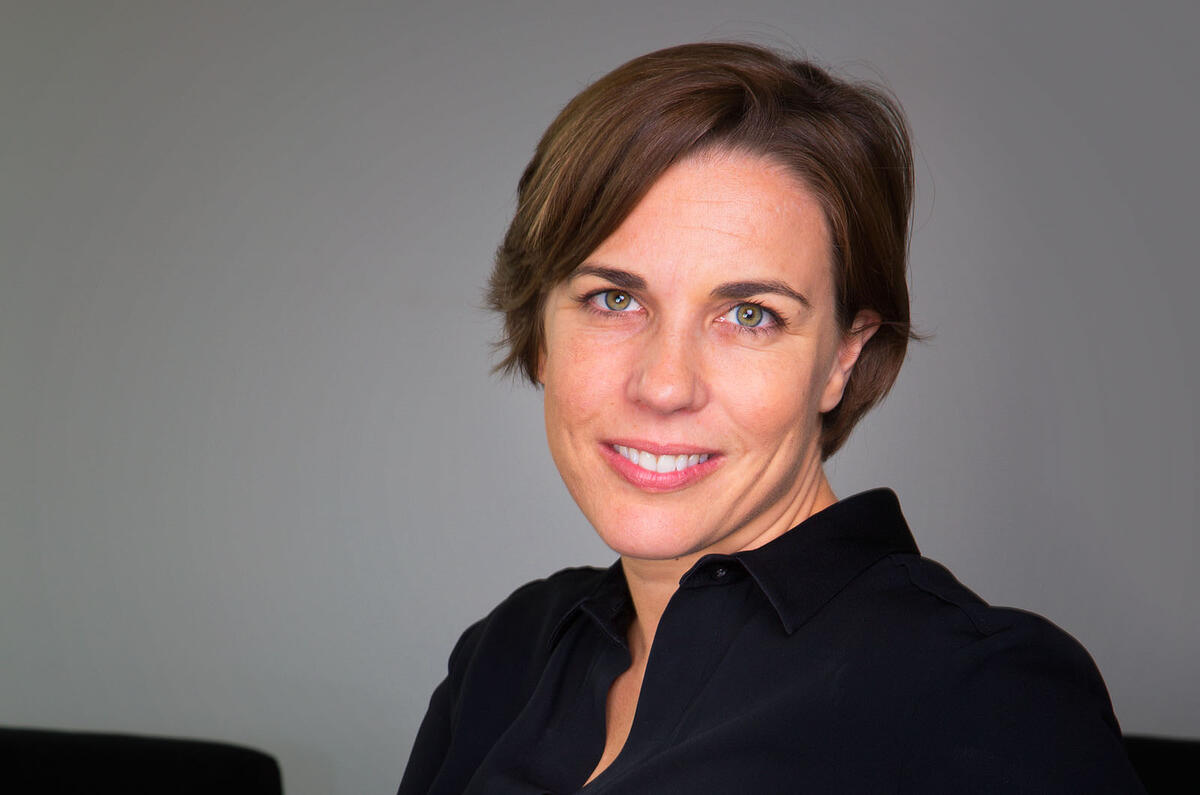
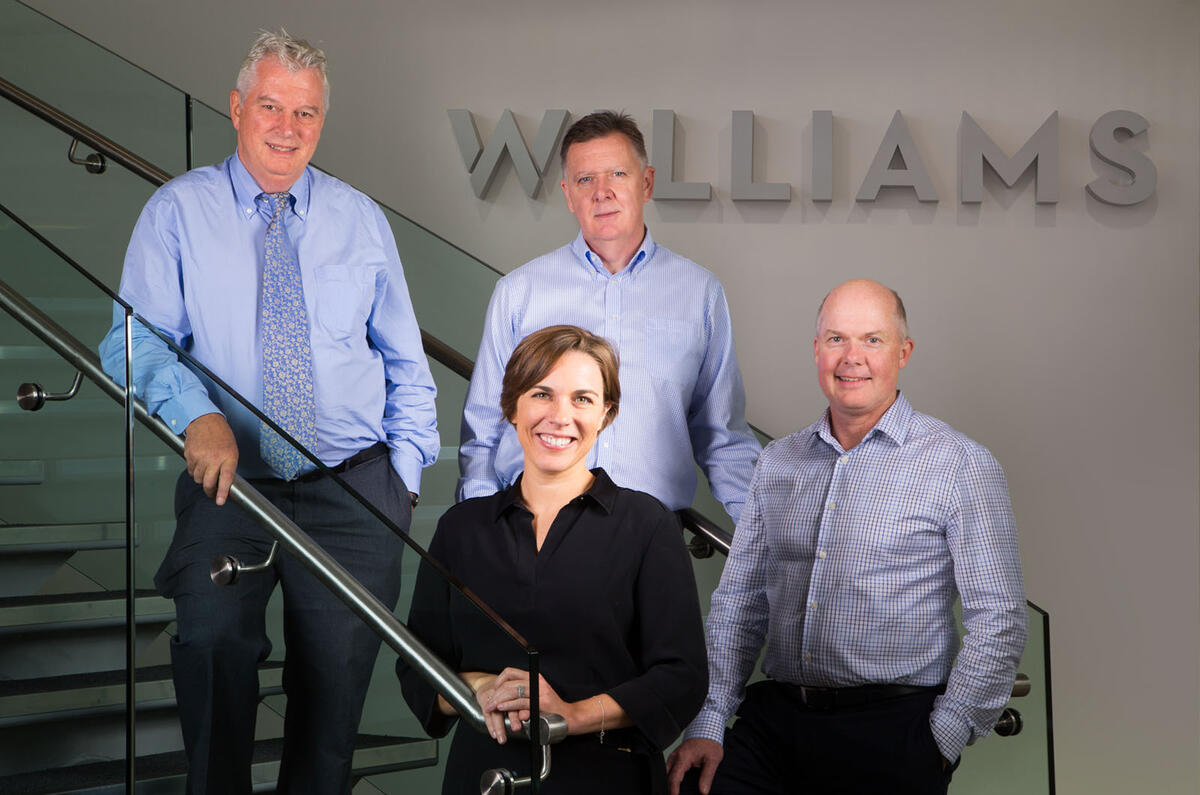
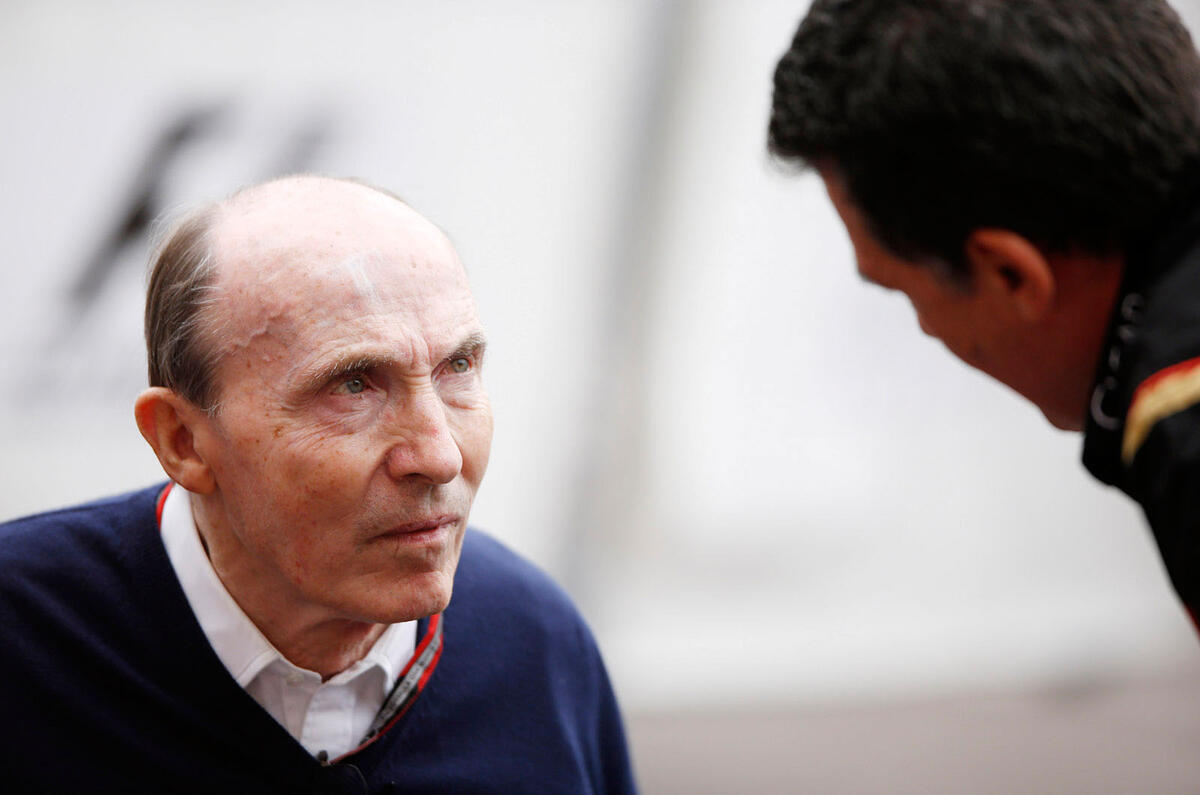
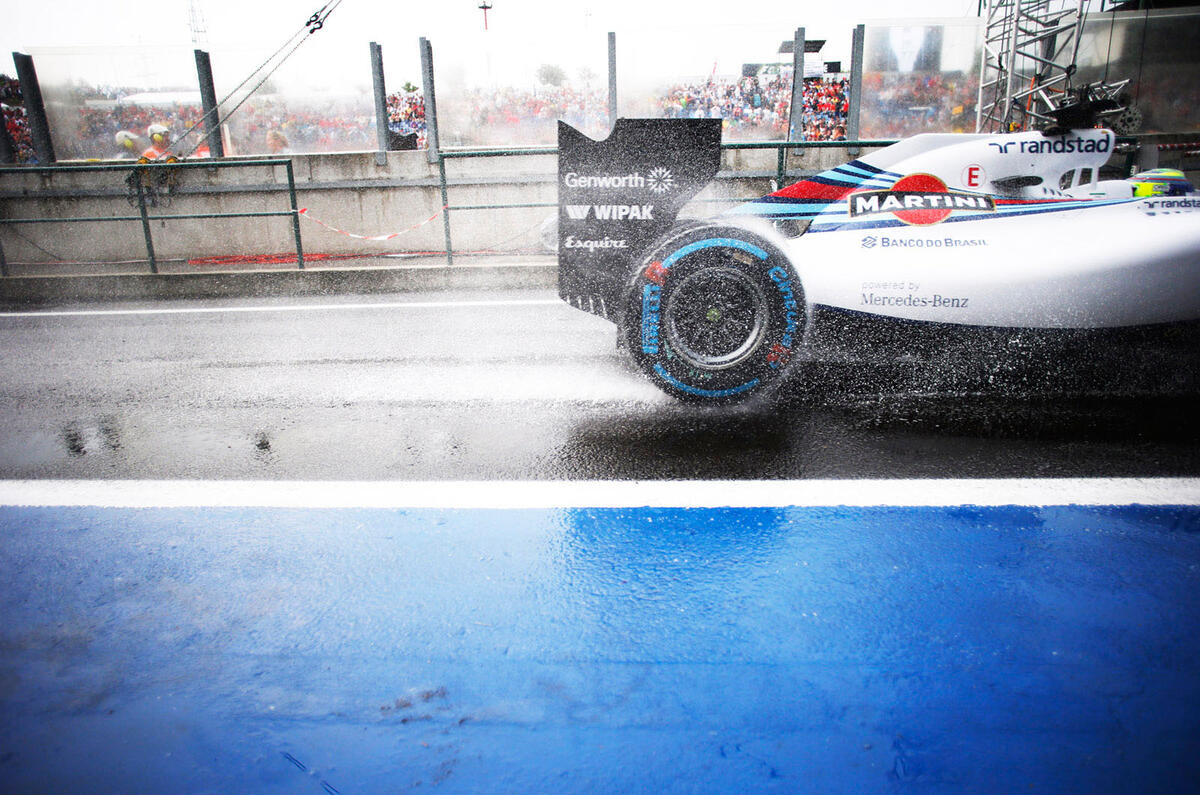
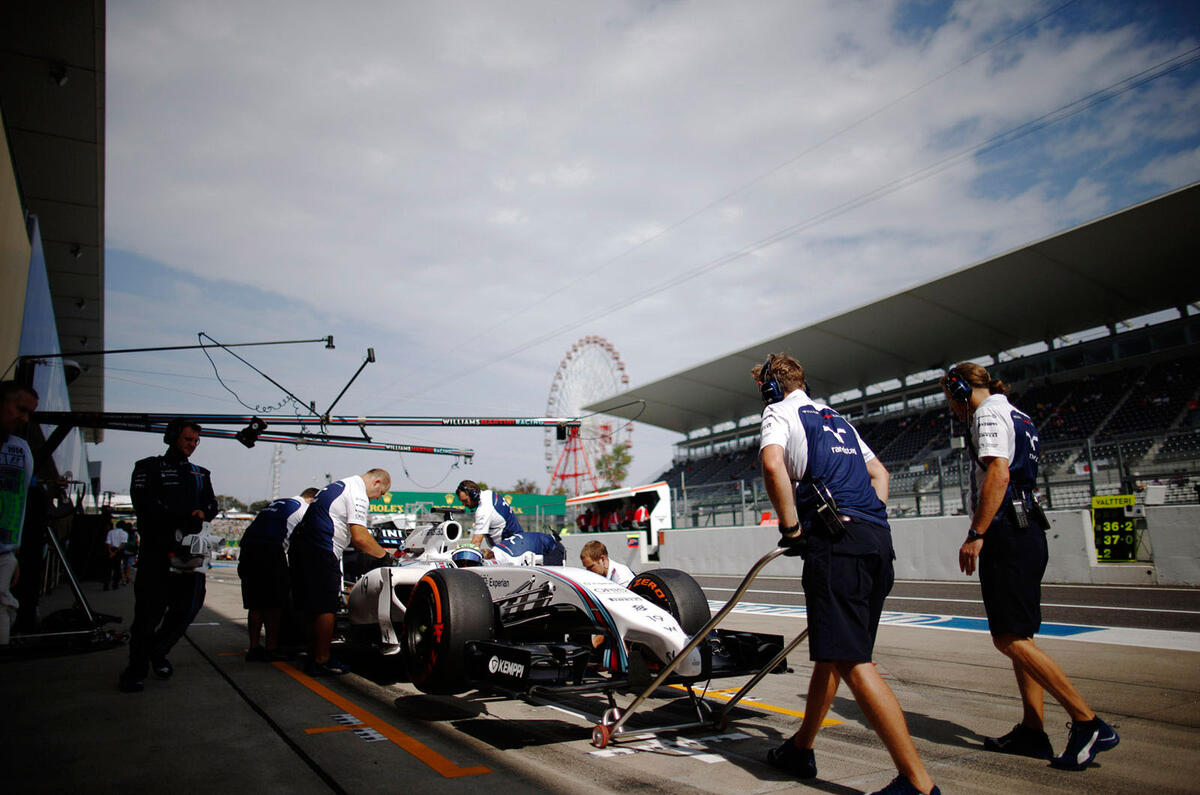
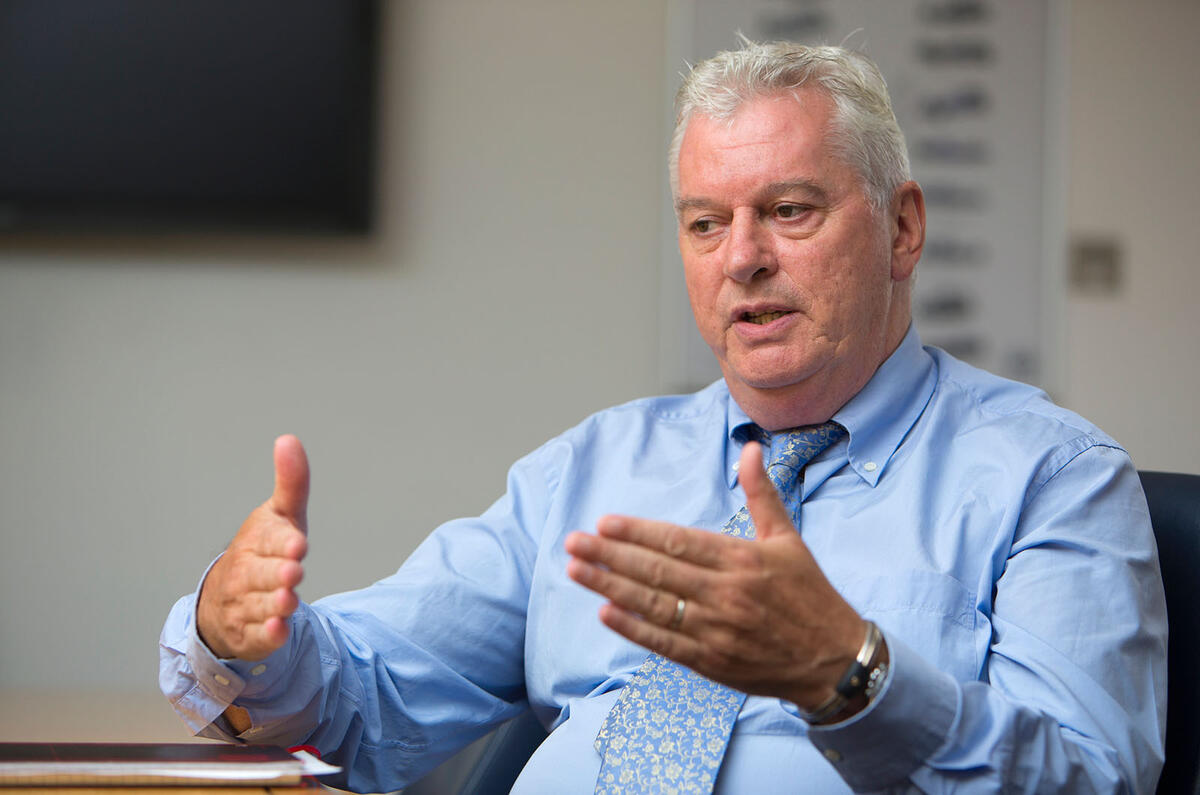
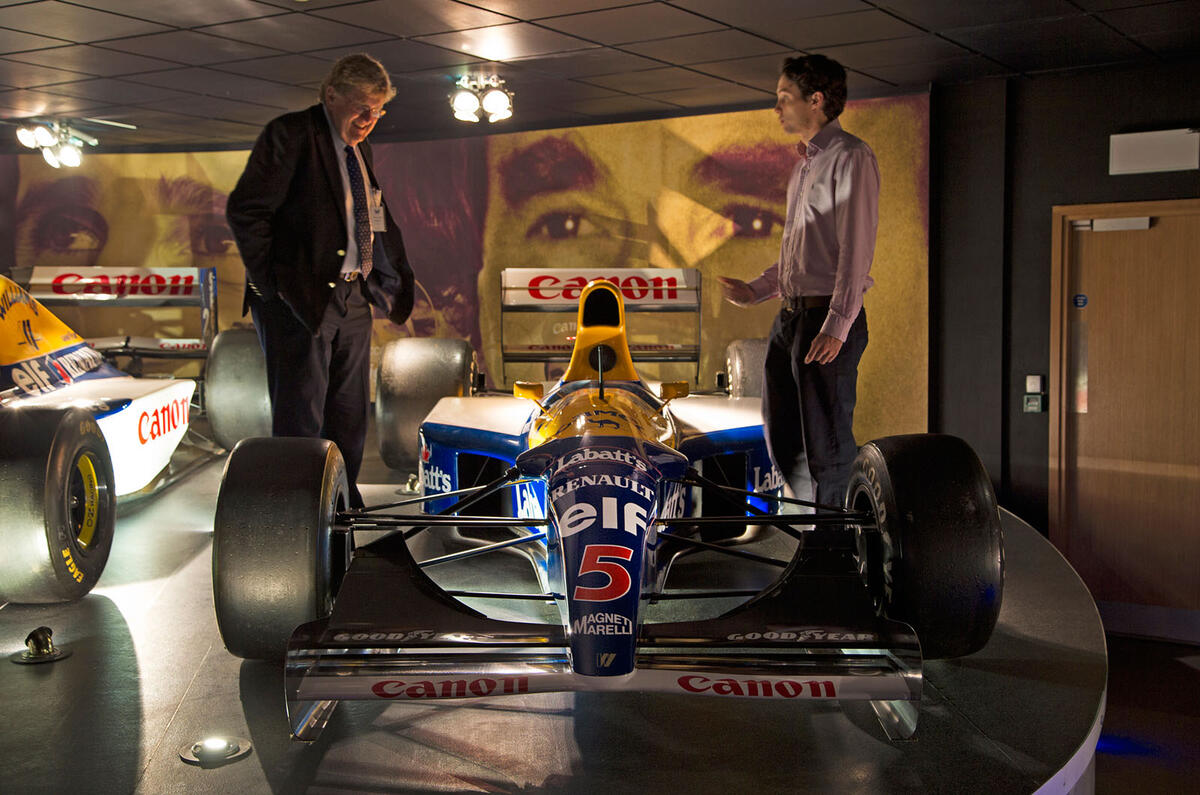
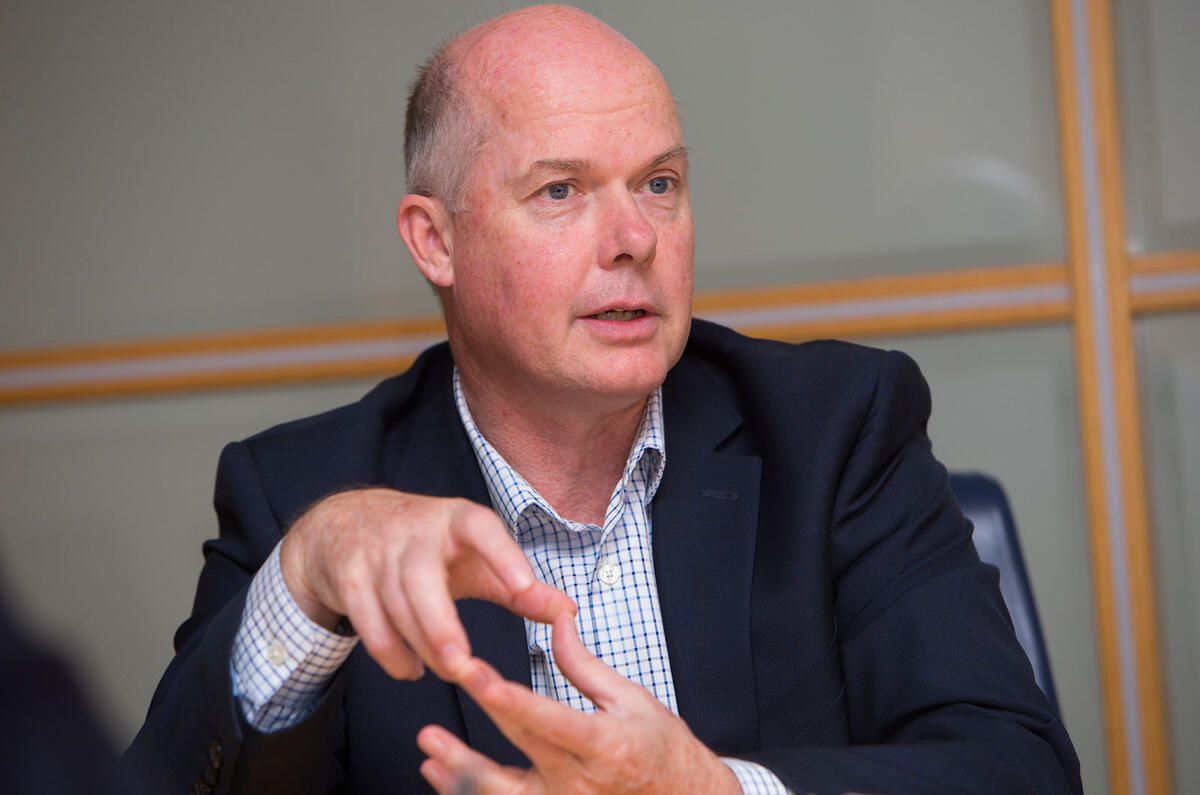
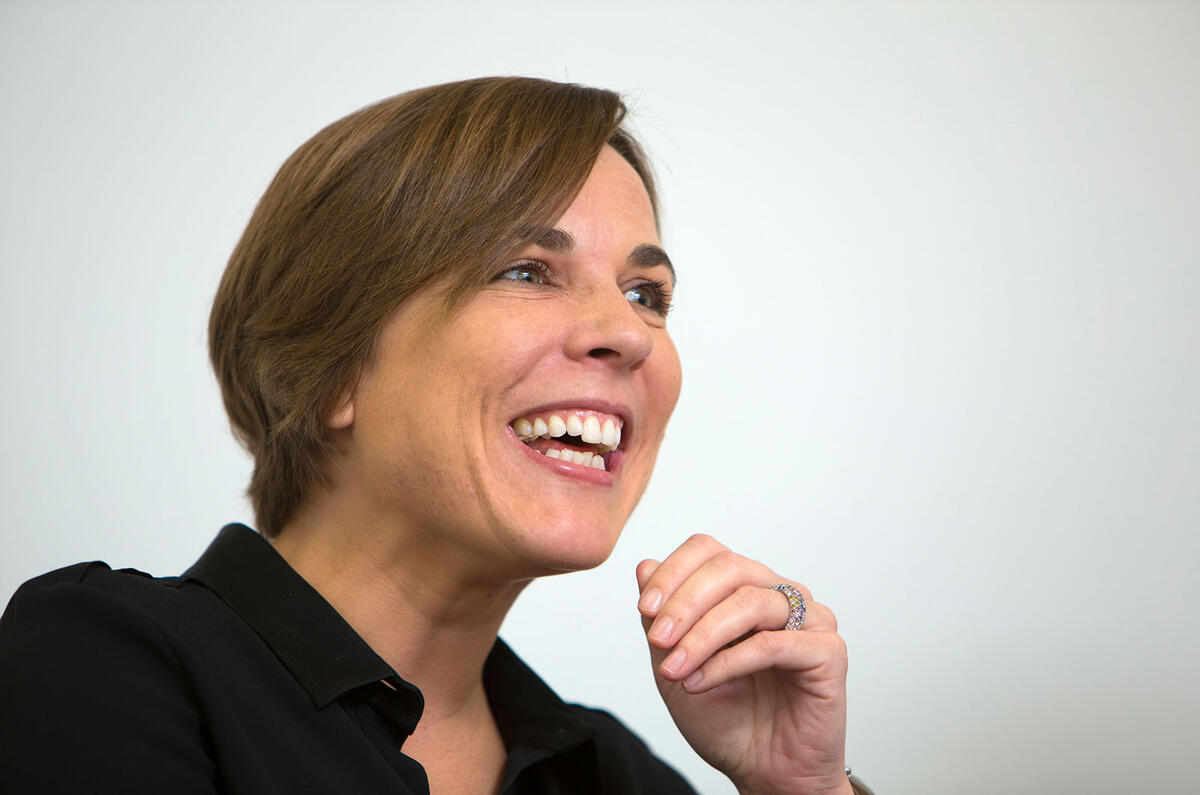
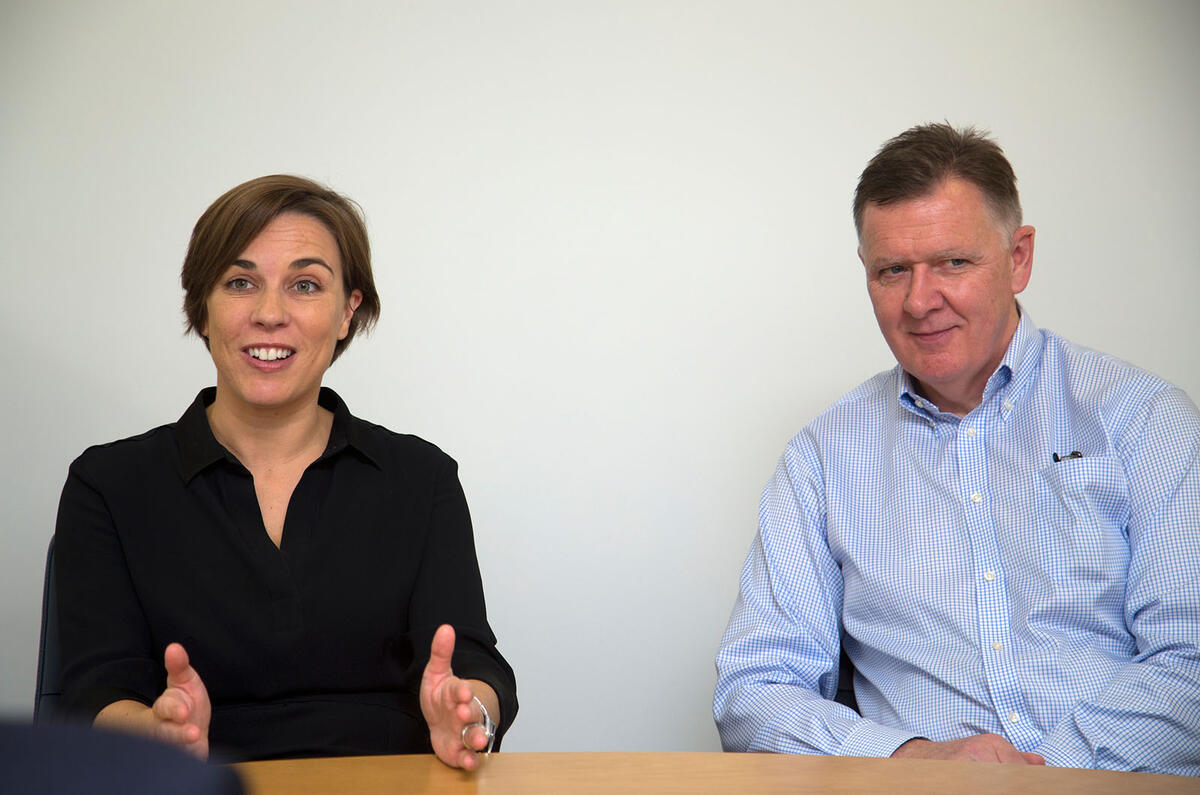
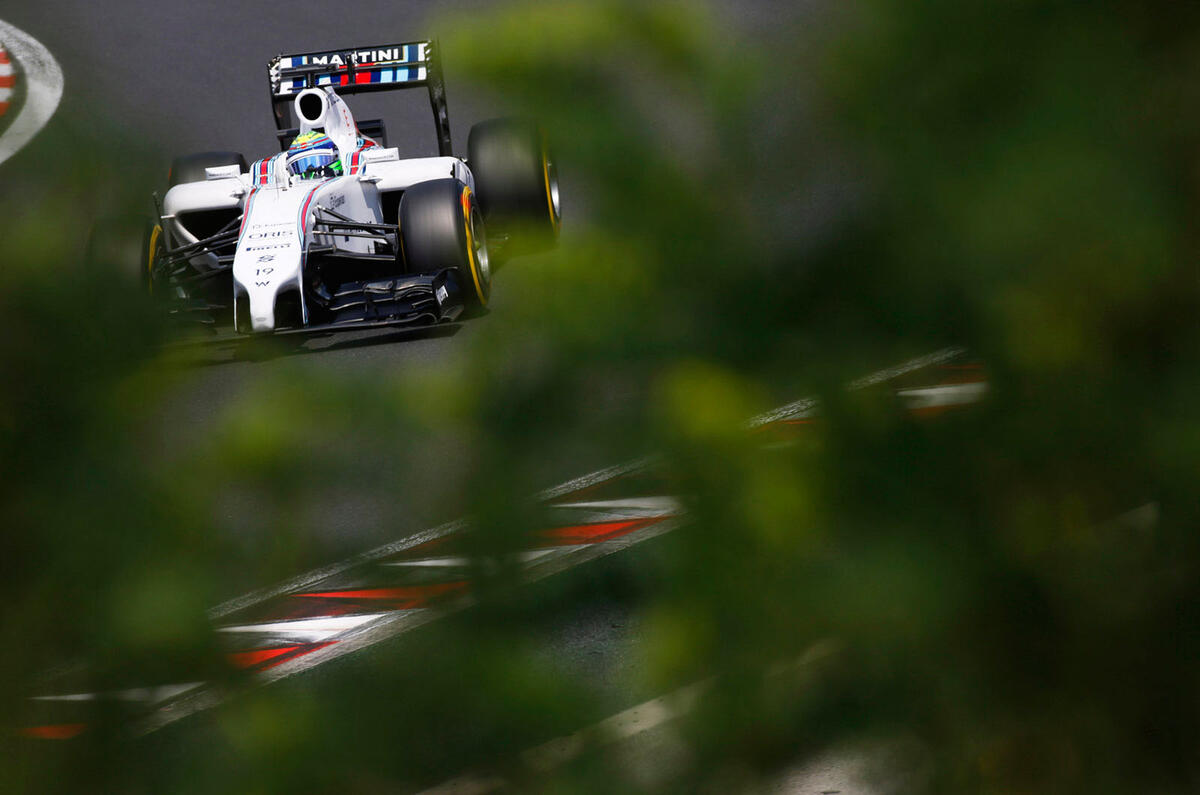
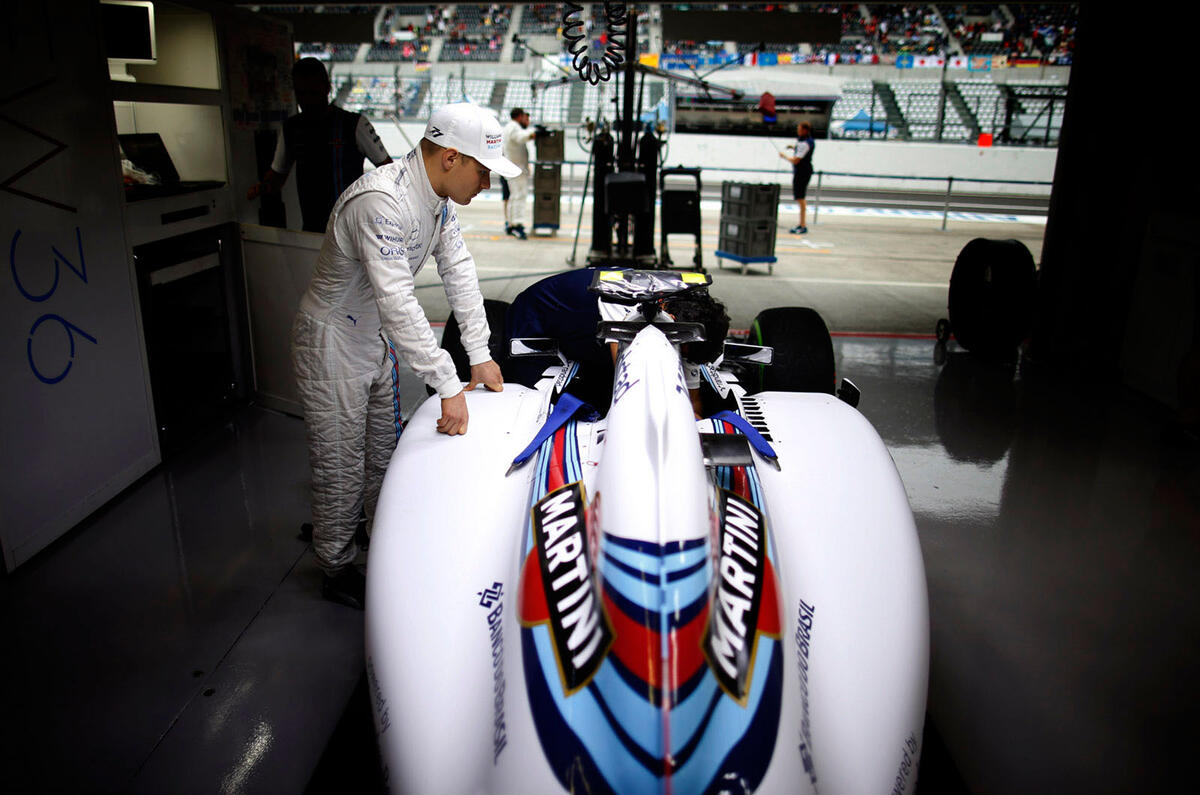
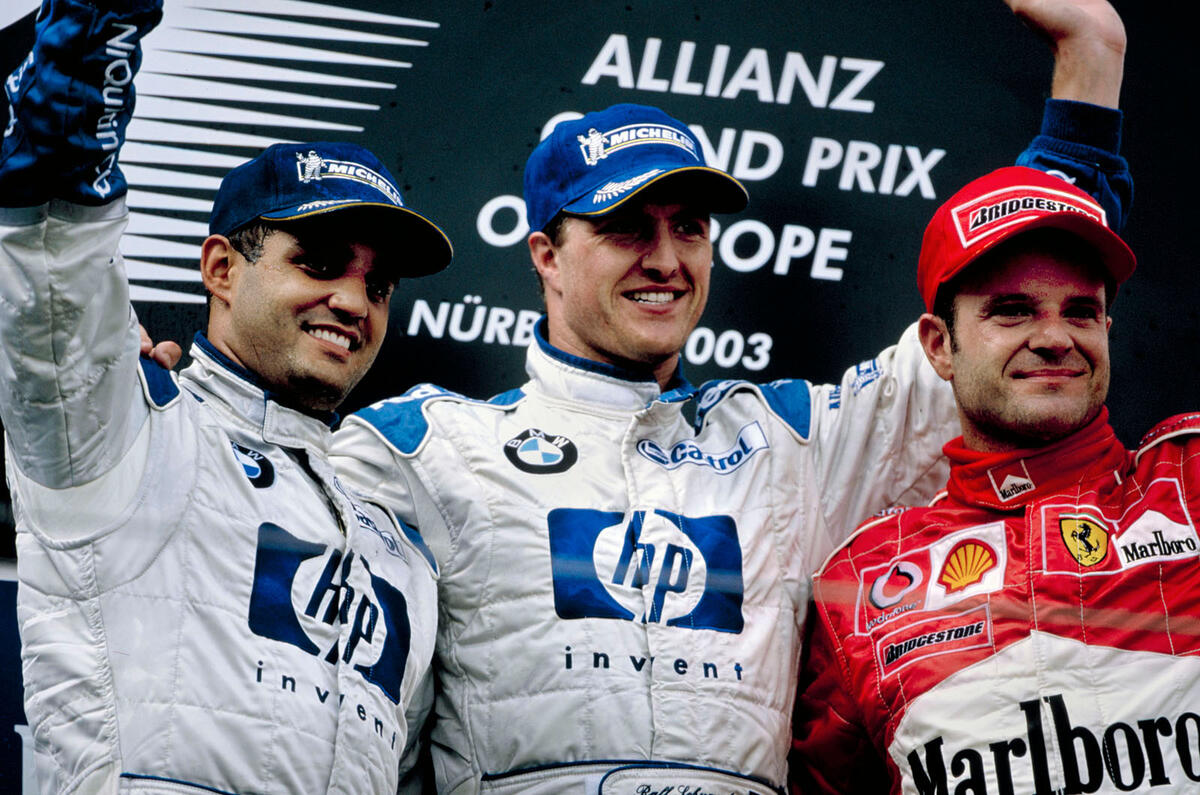
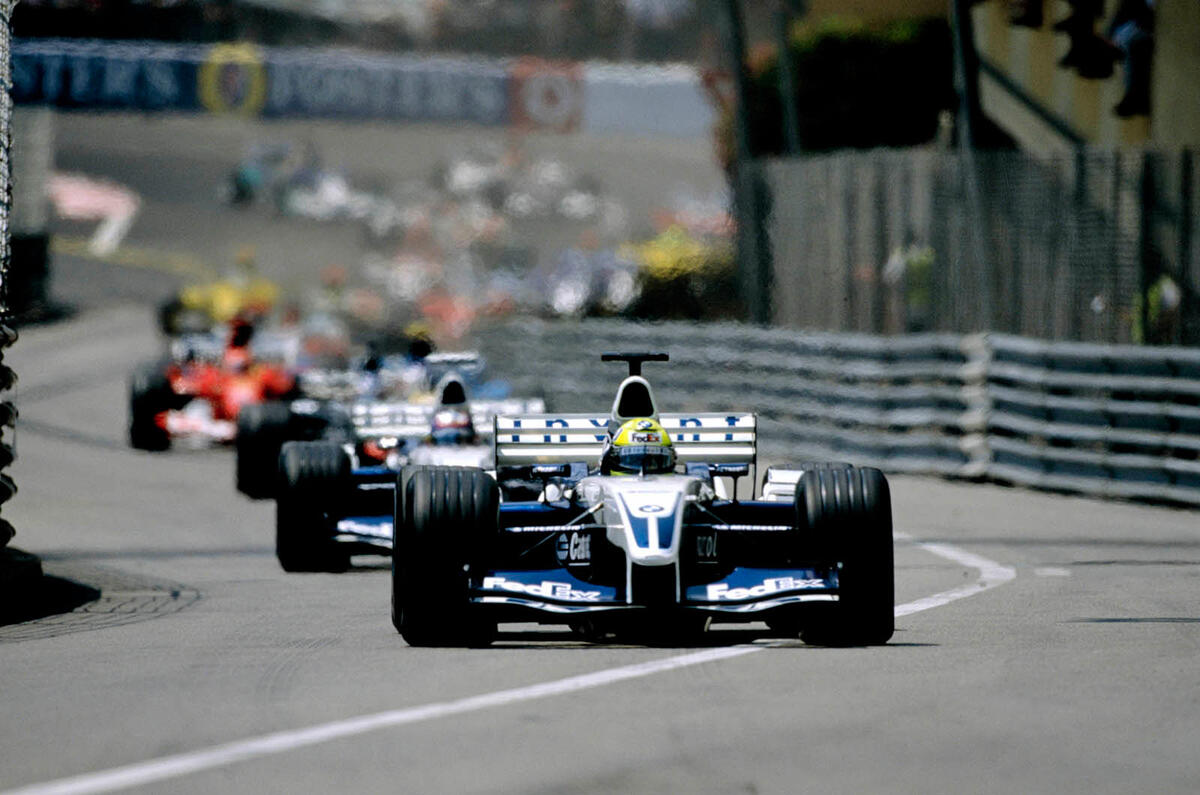
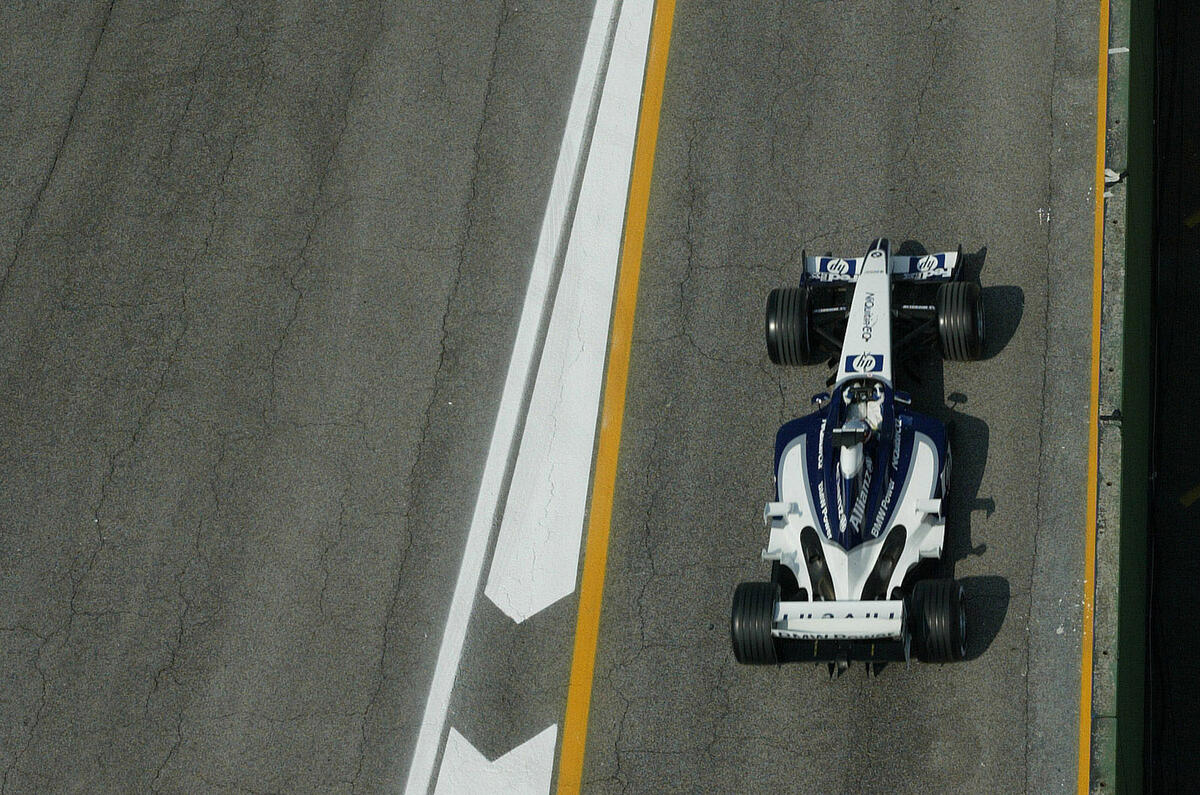
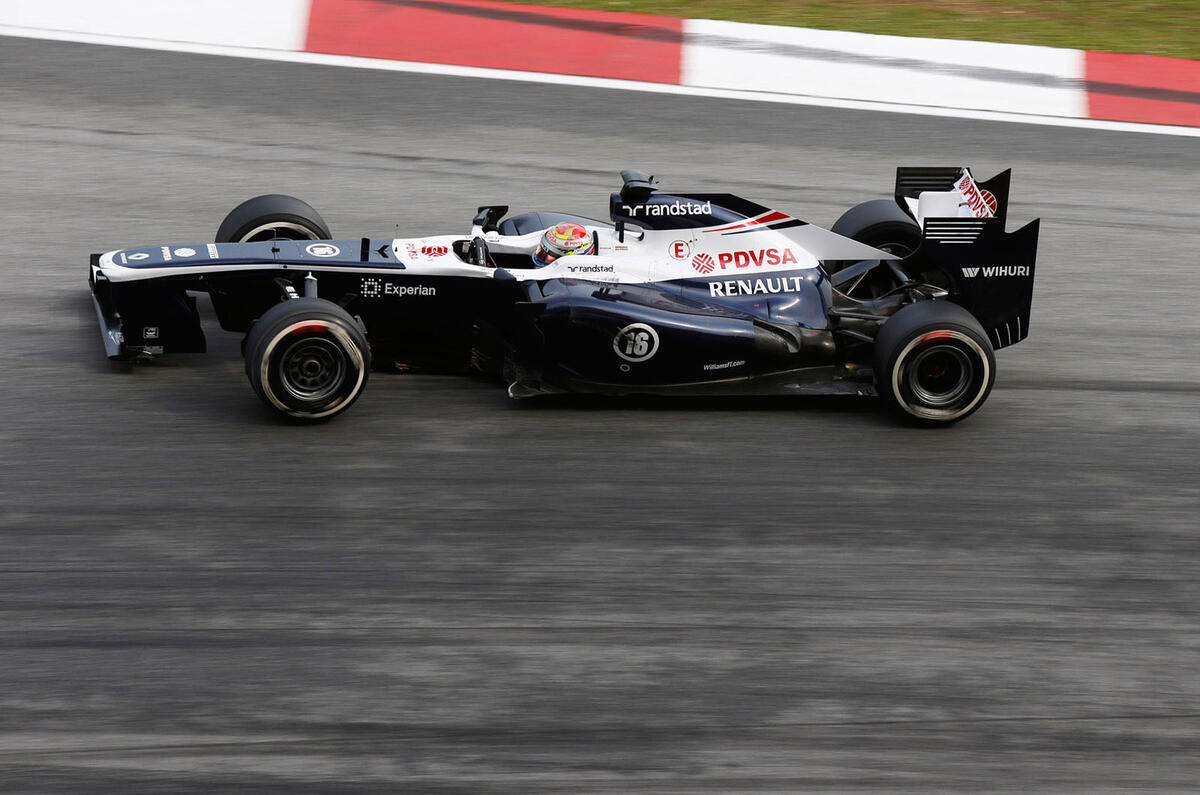
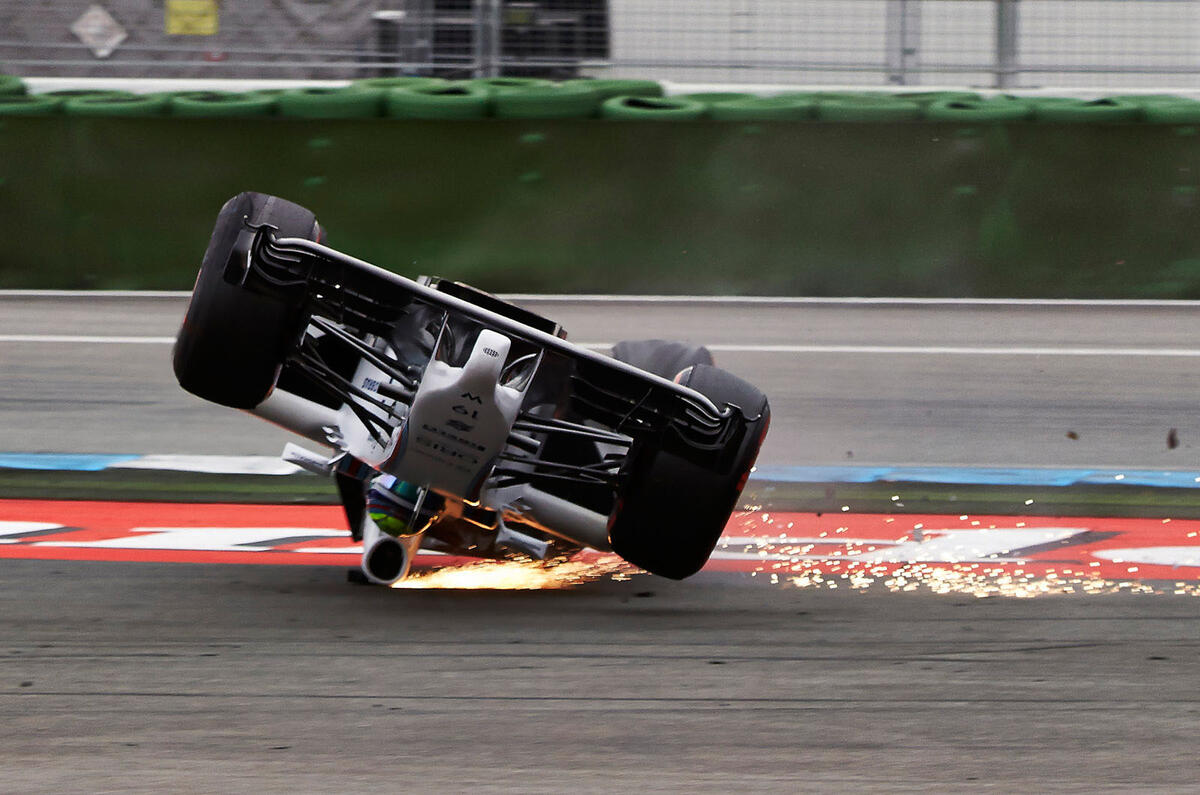


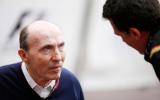

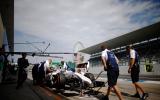
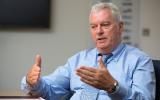





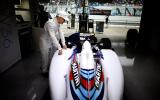




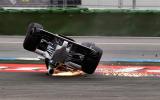






Add your comment
An interesting piece, have
Williams is rebuilding its success